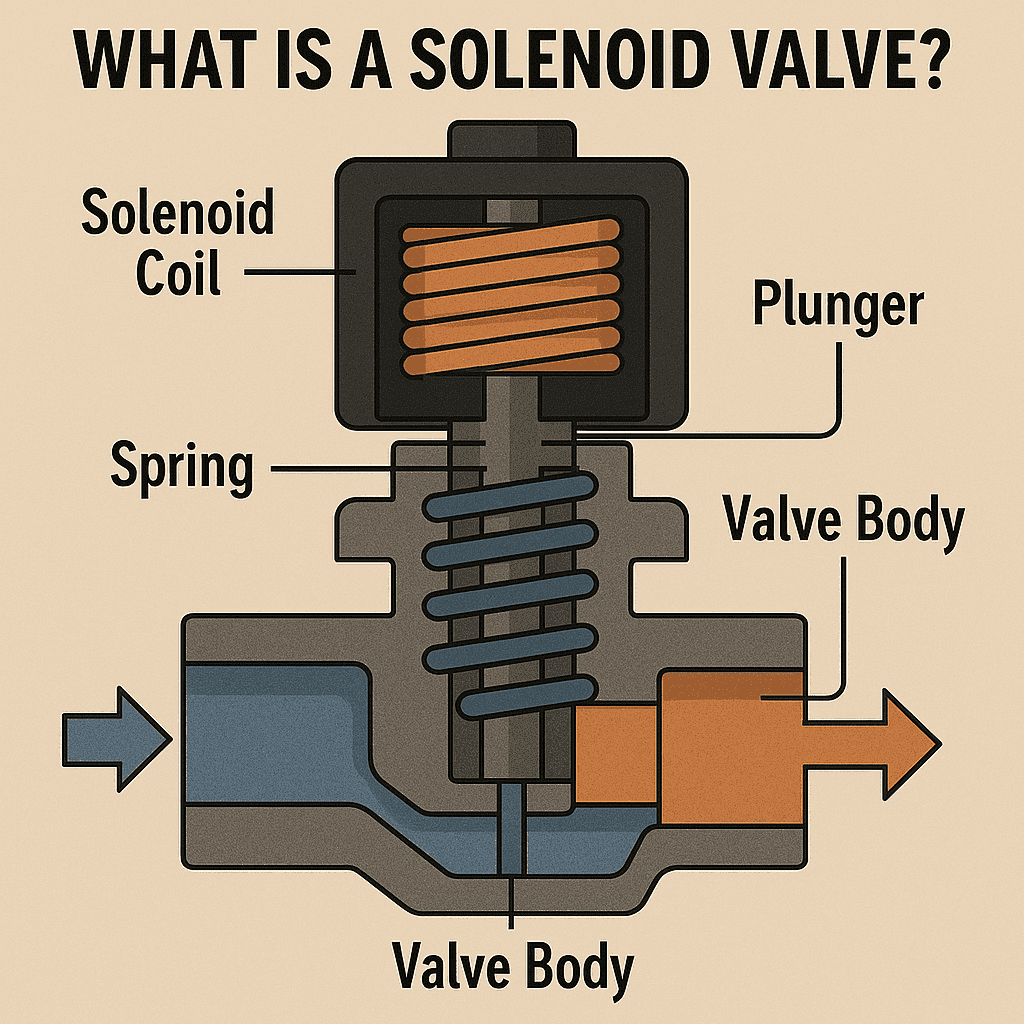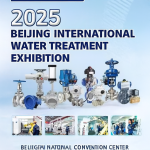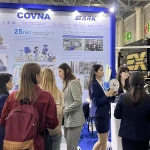Company News
Recent Posts
-
2025 Beijing International Water Treatment Exhibition — COVNA Invitation2025-10-17/0 Comments
-
-
-
-
In the field of industrial automation and fluid control, the requirements for valves are increasing day by day. Whether it is heating, ventilation and air conditioning (HVAC) systems, or flow regulation in water treatment and chemical processes, a control element with flexible operation, low energy consumption and high reliability is required.
Product Features and Advantages
The HK60-D-C Series Electric Butterfly Valve adopts advanced electric actuators, which not only supports standard on/off operation, but also can achieve precise control through a variety of adjustment signals such as 4-20mA or 0-10VDC. This flexible control method ensures that the valve remains stable and efficient between smooth switching, meeting different needs from simple switching to complex regulation occasions. The product adopts a quarter-turn full open or full closed design, and only 90° rotation is required to achieve command response, thereby greatly reducing the demand for operating torque, saving energy and extending the service life of the valve.
This series of valves adopts a wafer type installation structure, which is convenient for direct clamping between flanges, simplifying the installation process and system modification. For the valve body material, users can choose cast iron, ductile iron or even stainless steel (304 or 316) according to the working conditions; the sealing material has different options such as NBR, EPDM and VITON, ensuring the ideal use effect in a variety of media (such as air, water, oil, gas, etc.).
Technical parameters and intelligent performance
The HK60-D-C series 4-inch electric butterfly valve has a wide range of sizes and pressures. Conventional diameters are available from 2 inches to 24 inches, while the 4-inch version has the advantages of both standardization and customization. Its design focuses on low-torque operation, which greatly improves the efficiency of fluid passage and reduces energy waste caused by turbulence and pressure loss. Equipped with a high-precision feedback signal system, the valve can quickly and accurately adjust to the set position after receiving the control signal, and still maintain the "last position" in the case of power failure, ensuring the continuous and stable operation of the system.
In terms of intelligence, the HK60-D-C series not only supports standard electrical signal control, but also can achieve more detailed flow regulation by modulating signals. Combined with fieldbus (such as MODBUS, PROFIBUS, etc.) and remote monitoring technology, the valve can achieve intelligent diagnosis and real-time data feedback, providing strong support for system automation and industrial Internet.
This multi-field applicability not only reflects COVNA's profound foundation in product research and development, but also provides industrial users with a variety of practical control solutions, promoting the continuous development of industrial automation and energy conservation and environmental protection.


Understanding how does a check valve work is key to appreciating its role in fluid systems. A check valve is designed to allow flow in one direction while effectively preventing reverse flow. This simple yet efficient mechanism protects equipment and systems from damage due to backflow.
At its core, a check valve consists of a movable component—such as a ball, disc, or poppet—that responds to pressure differences. When fluid moves in the intended direction, the pressure pushes the part open, allowing the fluid to pass. If the flow reverses, the component shifts into a closed position, stopping any backflow. COVNA engineers design these valves with precision, ensuring durability and reliable performance under various operating conditions.
By reducing turbulence and preventing unwanted fluid movement, check valves contribute to improved efficiency and safety in hydraulic and pneumatic systems. Learning how does a check valve work not only informs proper system management but also highlights the value of quality components like those offered by COVNA.
Knowing how to change valve cover gasket is essential for maintaining engine performance and preventing oil leaks. Over time, this gasket can wear out due to heat and pressure, leading to reduced efficiency. Here’s a step-by-step guide to replacing it, ensuring a secure seal with COVNA’s reliable gasket solutions.
- Preparation – Before starting, gather the necessary tools: a socket wrench, screwdriver, gasket sealant, and a new COVNA valve cover gasket.
- Disconnect Components – Remove any hoses or wiring obstructing the valve cover. Use a wrench to loosen and remove the bolts securing the cover.
- Remove Old Gasket – Carefully lift the valve cover and peel off the worn gasket. Clean the surface to ensure a proper fit for the new gasket.
- Install New COVNA Gasket – Position the new gasket in place, applying a thin layer of gasket sealant if necessary.
- Reattach Valve Cover – Secure the cover with bolts, tightening them evenly to prevent warping.
- Reconnect Components – Restore hoses and wiring, then start the engine to check for leaks.
Following this process ensures a proper seal, preventing oil leaks and maintaining optimal engine function with COVNA’s durable gasket solutions. Understanding how to change valve cover gasket helps extend the life of your vehicle.


When asking "what is a valve cover gasket," we are referring to a small yet essential component that seals the joint between the engine block and the valve cover. This gasket prevents oil leaks and keeps dirt and contaminants out of the engine, ensuring smooth and efficient functioning under high heat and pressure.
Manufactured with durability in mind, the valve cover gasket is a critical part of your engine’s overall performance. COVNA has built its reputation on providing high-quality gaskets that offer reliable protection and longevity. Their design improvements enhance the gasket’s ability to withstand constant temperature changes and mechanical stress, making it a trusted choice for both mechanics and car enthusiasts.
Choosing the right gasket, such as those from COVNA, is vital for maintaining engine performance and prolonging the life of your vehicle. Understanding what is a valve cover gasket and the role it plays can help you keep your engine in optimal condition without unwanted leaks or oil wastage.
A solenoid valve is an electromechanical device designed to control the flow of fluids. It operates when an electric current energizes its coil, creating a magnetic field that moves a plunger or armature. This movement opens or closes a pathway, allowing water, gas, or other mediums to flow. Solenoid valves are widely used in industrial automation, irrigation systems, and heating and cooling applications because of their speed, reliability, and ease of control.
Leading the market in innovative designs, COVNA manufactures high-quality solenoid valves that excel in efficiency and durability. By incorporating advanced materials and rigorous testing, COVNA ensures that every valve meets industry standards and delivers precise control for complex systems. Their solutions have become essential for projects ranging from small-scale installations to large industrial processes.
Understanding the operation of a solenoid valve is key for anyone looking to optimize fluid management systems. Its simple design belies an impressive range of applications, making it a vital component in modern automation and control. Whether for personal projects or robust industrial systems, the dependable performance of solenoid valves continues to drive technological advancement.













